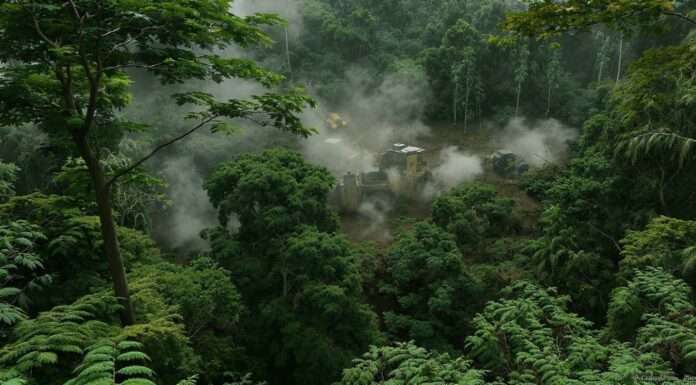Forest-Deforestation: A Global Crisis in Numbers
Recent figures on global deforestation are alarming. According to Globalforestwatch.org, the Amazon lost over 900,000 hectares of primary forest in 2022, a record that threatens biodiversity and the global climate. In parallel, the Congo Basin and Indonesia’s forests are experiencing similar losses, threatening ecosystems and local communities. These regions, rich in biodiversity, are essential carbon sinks, and their destruction accelerates climate change. The causes of this massive deforestation include agricultural expansion, particularly for soy and palm oil, as well as illegal mining that proliferates despite existing laws. Corruption of local authorities and high international demand for these products exacerbate the situation, highlighting an urgent need for solutions.
The Root Causes of Deforestation
Intensive agriculture is the main driver of deforestation. In the Amazon, soy and cattle production have transformed vast forest territories into agricultural lands. In Congo and Indonesia, palm oil and timber are the main culprits. Illegal mining, often under the cover of dubious permits, also destroys vast forest areas. For example, a report from the FAO (Food and Agriculture Organization) showed that mining is responsible for 7% of deforestation in the Amazon. Corruption, meanwhile, facilitates these activities by weakening environmental regulations. The global demand for these resources continues to grow, making it difficult to implement sustainable forest management.
Solutions Emerge to Save the Forests
In the face of this crisis, forest restoration initiatives are taking shape. The Great Green Wall project in Africa, which aims to restore 100 million hectares of degraded land, is an ambitious example. In China, reforestation has created new “green lungs”. However, these projects face challenges, including lack of funding and coordination between countries. Indigenous communities play a crucial role as forest guardians, using ancestral knowledge to sustainably manage their lands. Companies are also beginning to invest in conservation through new financial mechanisms such as forest carbon credits and green bonds. These instruments offer a glimmer of hope, but their real effectiveness depends on their rigorous and transparent implementation.
To learn more about the state of the world’s forests, consult the following resources.
Sources
https://www.globalforestwatch.org/
https://www.fao.org/state-of-forests/en/
https://www.nature.com/articles/s41586-023-05723-z
https://www.globalforestwatch.org/
https://www.fao.org/state-of-forests/en/
https://www.nature.com/articles/s41586-023-05723-z



